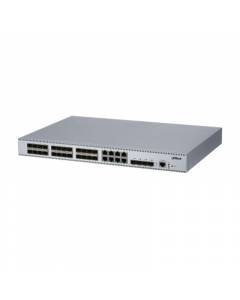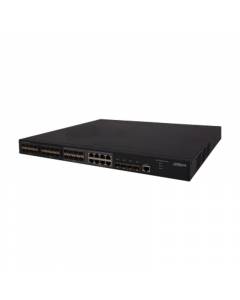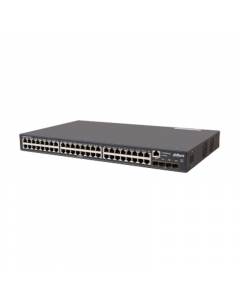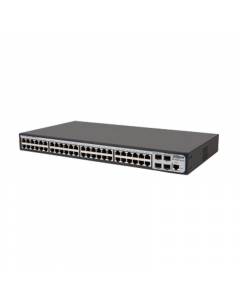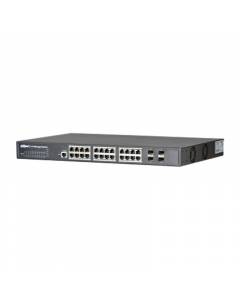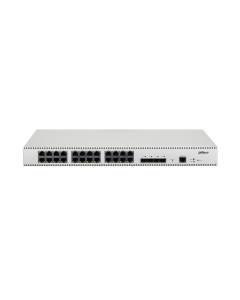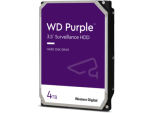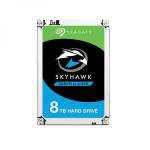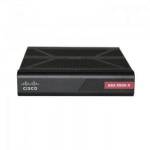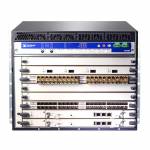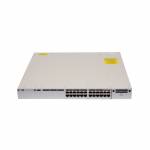Dahua Aggregation Switches
Dahua Aggregation Switches are network switches specifically designed to handle high-capacity data traffic and connect multiple access switches or network segments. These switches are ideal for use in large-scale networks, data centers, and enterprise environments where there is a need for high-performance and reliable network connectivity. Here are some key features and benefits of Dahua Aggregation Switches:
-
High Capacity and Performance: Dahua Aggregation Switches are built to handle heavy network traffic and offer high data throughput. They typically come with multiple 10 Gigabit Ethernet (10GbE) or 40 Gigabit Ethernet (40GbE) ports, allowing for fast and efficient data transfer between switches and network devices.
-
Scalability and Flexibility: Aggregation Switches from Dahua are designed to accommodate the growing demands of network expansion. They offer modular designs that allow for flexible scalability, making it easy to add or upgrade ports as needed to meet evolving network requirements.
-
Redundancy and High Availability: These switches often feature redundant power supplies and support for link aggregation (LACP) and Spanning Tree Protocol (STP) for increased network redundancy and high availability. Redundant power supplies ensure uninterrupted operation even in the event of a power failure, while link aggregation allows for the bundling of multiple ports to create a high-bandwidth connection and improve network reliability.
-
Advanced Layer 2 and Layer 3 Features: Dahua Aggregation Switches provide advanced Layer 2 and Layer 3 features, including VLAN support, quality of service (QoS) mechanisms, multicast routing protocols, and access control lists (ACLs). These features enable efficient network segmentation, traffic prioritization, multicast traffic handling, and enhanced security measures.
-
Intelligent Traffic Management: Aggregation Switches from Dahua offer intelligent traffic management capabilities to optimize network performance. Features such as traffic shaping, packet filtering, and traffic prioritization help ensure that critical applications receive the necessary bandwidth while non-essential traffic is appropriately managed.

